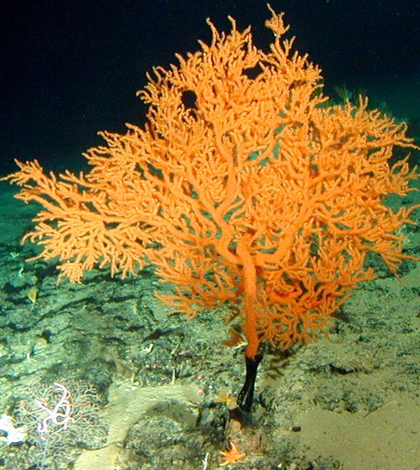Mollusk Records Suggest Climate Models Misrepresent El Niño

This Leiopathes coral is estimated at more than 4,200 years old. (Credit: NOAA)
The Holocene period, the last 10,000 years of Earth’s history, is viewed as a good analog for the climate conditions of today, as global climatic evidence suggests overall similarities. However, in a release from the University of Southern California, evidence gleaned from corals and clams in the Holocene period indicate that the top nine climate models may have failed to capture an important element of both modern and ancient weather: effects from El Niño.
Using information from about 60 specimens of Holocene coral and clams collected from various locations in the Pacific Ocean, researchers determined that El Niño events of 3,000 to 5,000 years ago were mild. The top nine current climate models failed to indicate this correct El Niño behavior.
Mollusk evidence is considered valuable for indicating weather conditions, as their shells act as a record of conditions of their surroundings, indicating information like temperature and salinity of the water in which they reside. Isotopes of oxygen in shells also vary according to water temperature.
Scientists hope the mollusk information can be used to refine climate models, namely in more accurate representation of El Niño events.
Top image: This Leiopathes coral is estimated at more than 4,200 years old. (Credit: NOAA)




0 comments